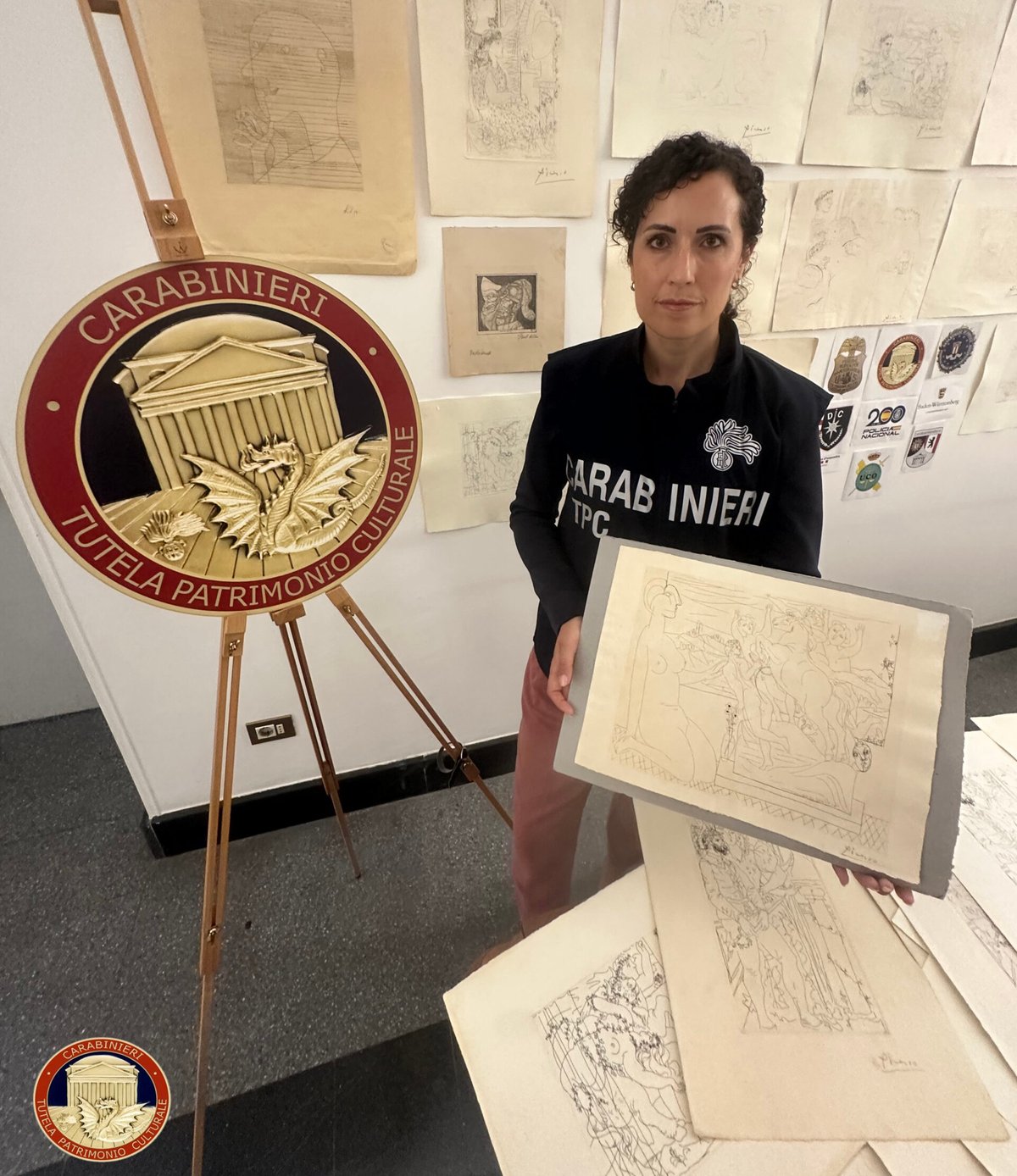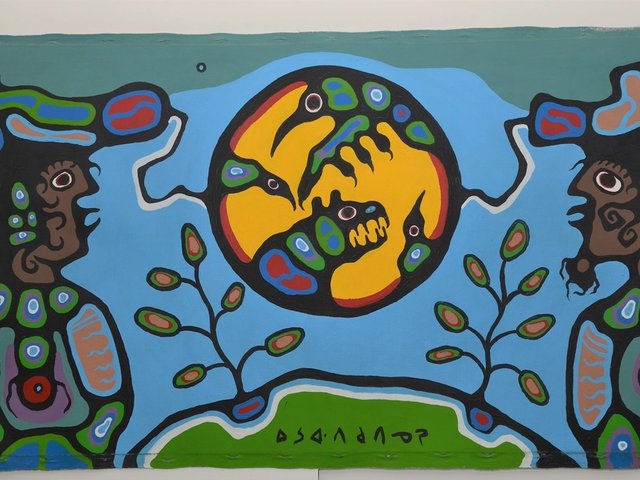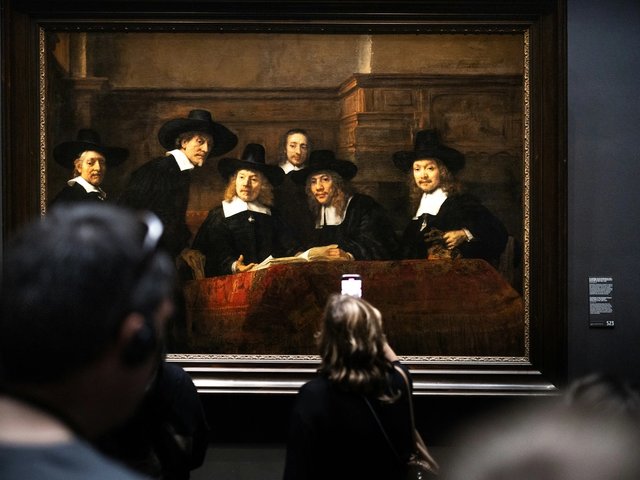Two forged Pablo Picasso prints have been recovered after being sold at a Stuttgart auction house, with two others seized before delivery, the Baden-Württemberg State Criminal Police Office (LKA) said last week (4 August). Authorities suspect an Italian national, believed to be a professional art restorer, of “marketing” expertly produced forgeries of works from Picasso’s Suite Vollard series—a collection of 100 etchings created in the 1930s—over several years.
The Baden-Württemberg police said in a statement that the suspect consigned four forged Suite Vollard works to an auction house. The name of the house has been withheld “out of respect for its highly cooperative attitude and with a view to a trusting future collaboration”, a police spokesperson tells The Art Newspaper. One of the works that was sold was recovered from Rhineland region, the other remains in Austria, they add.
The recoveries were part of “Minotauro bis”, an international investigation led by Italian police into fakes on the market. The operation began in 2022 and has led to the seizure of 104 fake contemporary works of art, according to the Carabinieri, as well as the freezing of five bank accounts and the seizing of two cars worth a total of €300,000.
On 3 July this year, participating officers from Rome’s Cultural Heritage Protection Unit dismantled a laboratory in Tuscolano, Rome where counterfeit works by Picasso, Edvard Munch, and Paul Klee were allegedly produced, sold as originals, and shipped worldwide, especially to the United States.
Investigators say the forgers used a complex forging method involving faked watermarks and scanned images of authentic works. The scans were then turned into printing matrices (moulds) and the paper was bathed in coffee or tea to make it look aged. Forged signatures were also added.
Portuguese police also seized a fake Picasso at an auction house in Portugal last year, as part of the investigation. In February another clandestine art forgery studio, in northern Rome, was raided. There, investigators seized 71 counterfeit works attributed to Picasso, Paul-Émile Pissarro, Jean Cocteau, Dora Maar, Rembrandt, and others, along with counterfeit stamps, forged certificates, and unfinished paintings.
The State Criminal Police Offices of Baden-Württemberg and Berlin said it worked with the Picasso Museum Münster to assess the forged Vollard prints, seven of which have been seized so far. All of them have been confirmed as fake and linked to “the suspect and his associates”. The Picasso Museum Münster was approached for comment.
One of the forged Vollard pieces was purchased by the Kunsthandlung Steuer gallery in Worms, Rhineland-Palatinate, the spokesperson says, which later handed it over to investigators. “When you buy something at an auction house, you can normally assume it's genuine,” Johannes Steuer, who runs the gallery with his family, told the Wormser Zeitung newspaper last month.
The Steuer Kunsthandlung told The Art Newspaper that the auction took place in 2022. The gallery declined to confirm the price it paid for the prints, however they have previously sold for tens of thousands; in 2017, a complete suite of 100 Vollard prints sold for $4,815,000 at Christie’s.
“The operation made it possible to remove works from the market which, if they had not been identified and blocked in time, would have fetched figures identical to the originals,” the Carabinieri statement says. Kunsthandlung Steuer was reimbursed by the auction house, a representative for the gallery confirmed, adding that “the auction house was very cooperative”.
Italian authorities have “carried out measures” against the suspect, according to the German police statement, however no further details have been released at this time.
The German criminal proceedings have been incorporated into the Rome investigation through judicial cooperation, supported by Eurojust and multiple European countries. Authorities say international collaboration has been key to halting further sales and protecting potential buyers from high-value fraud.




